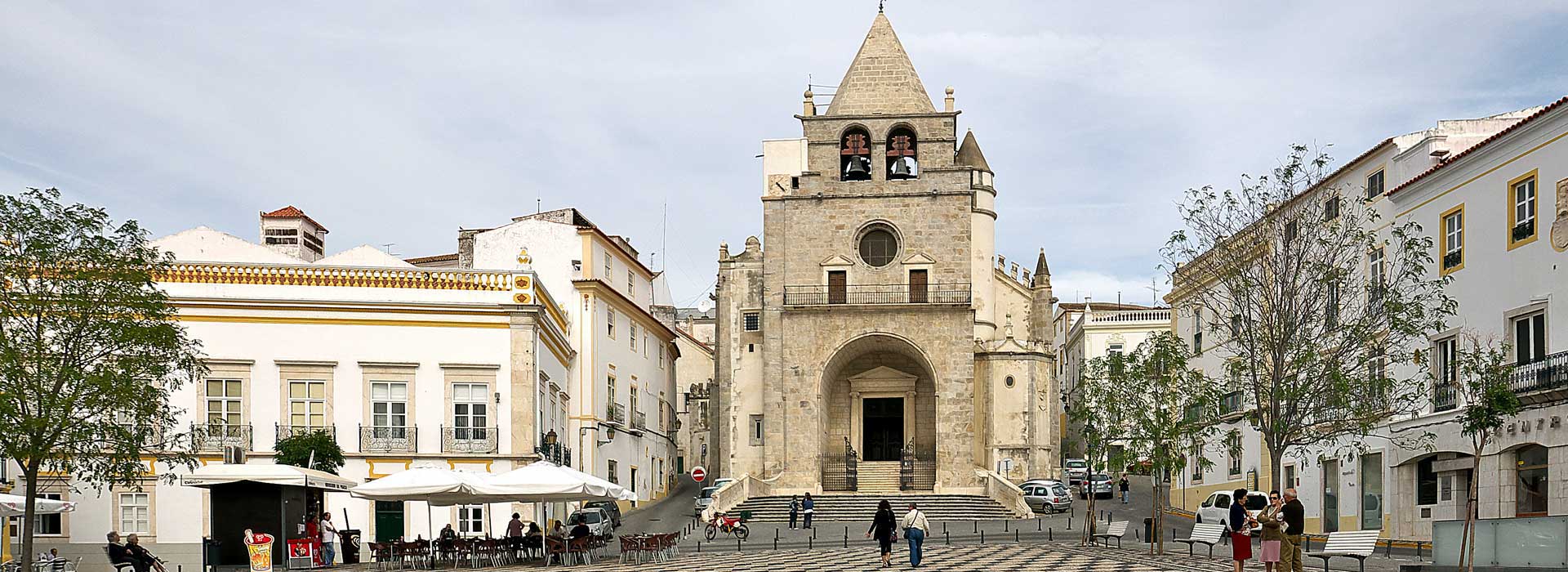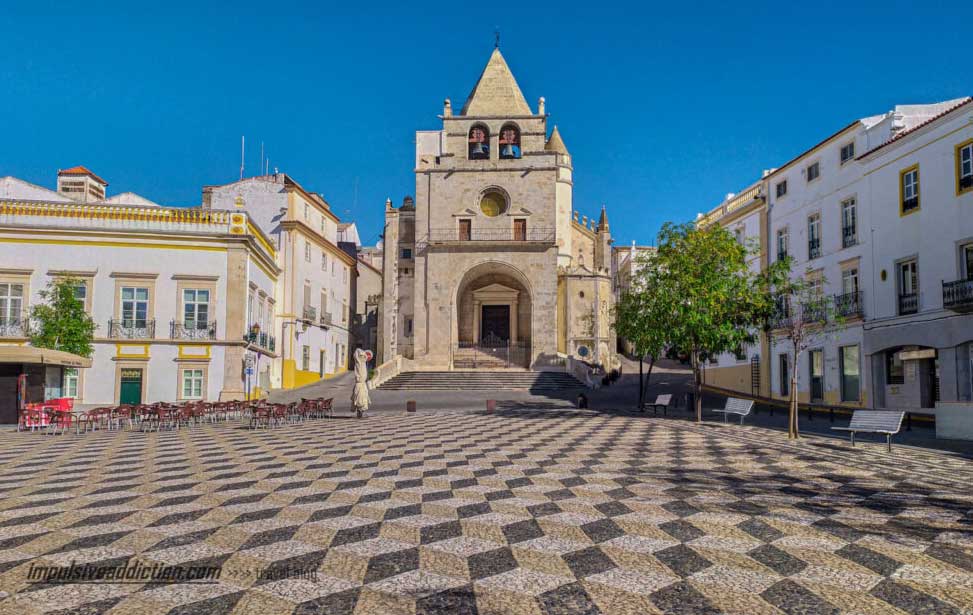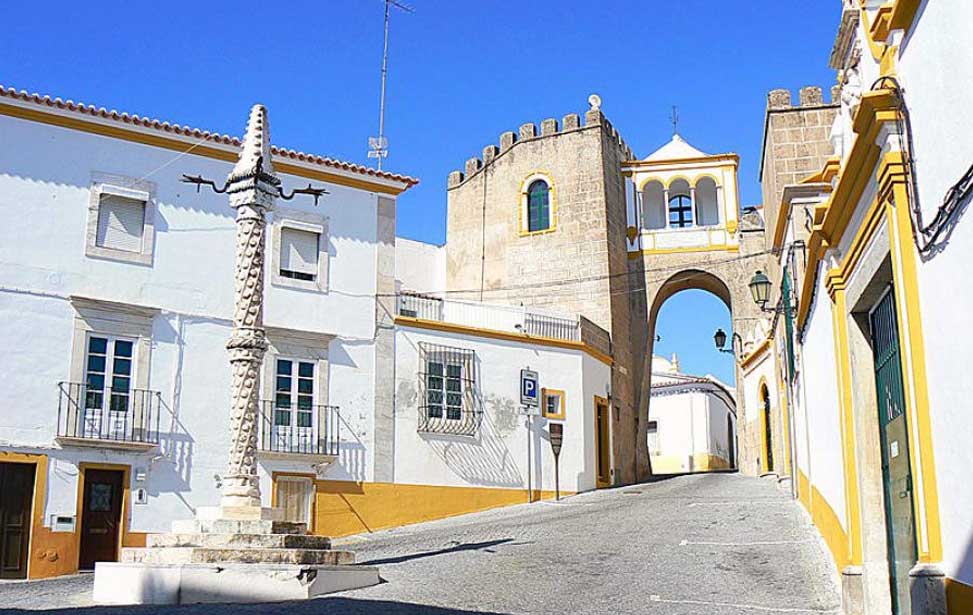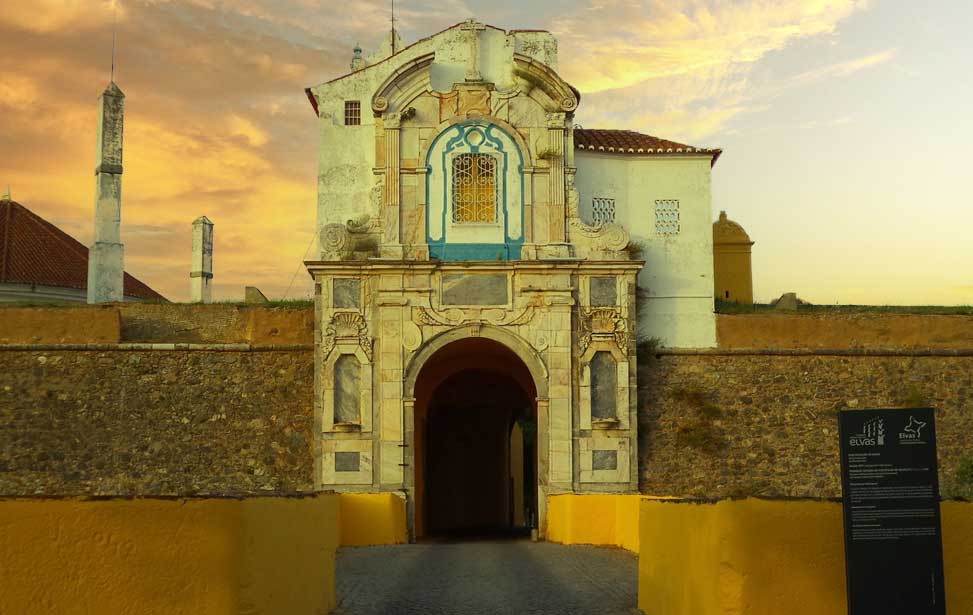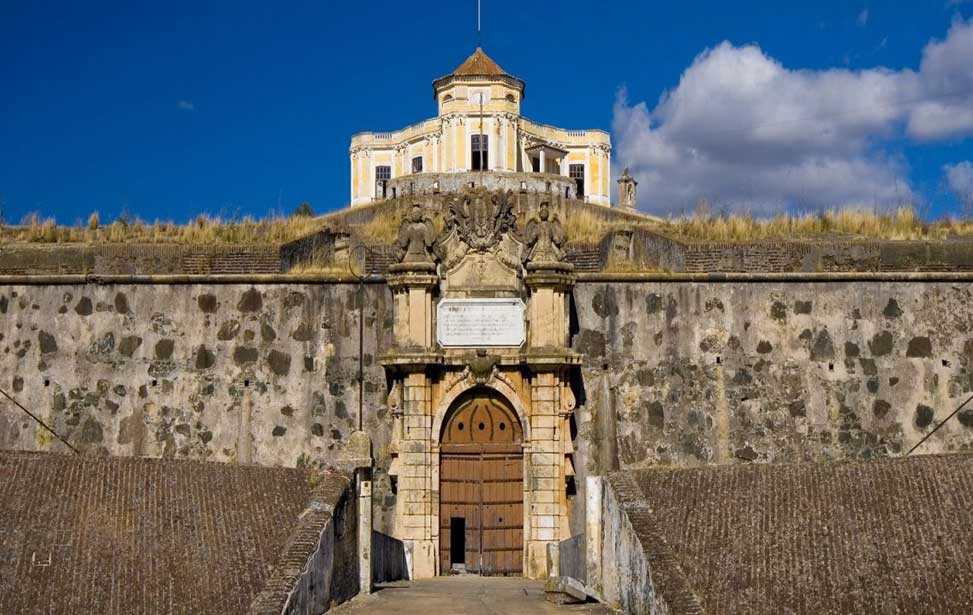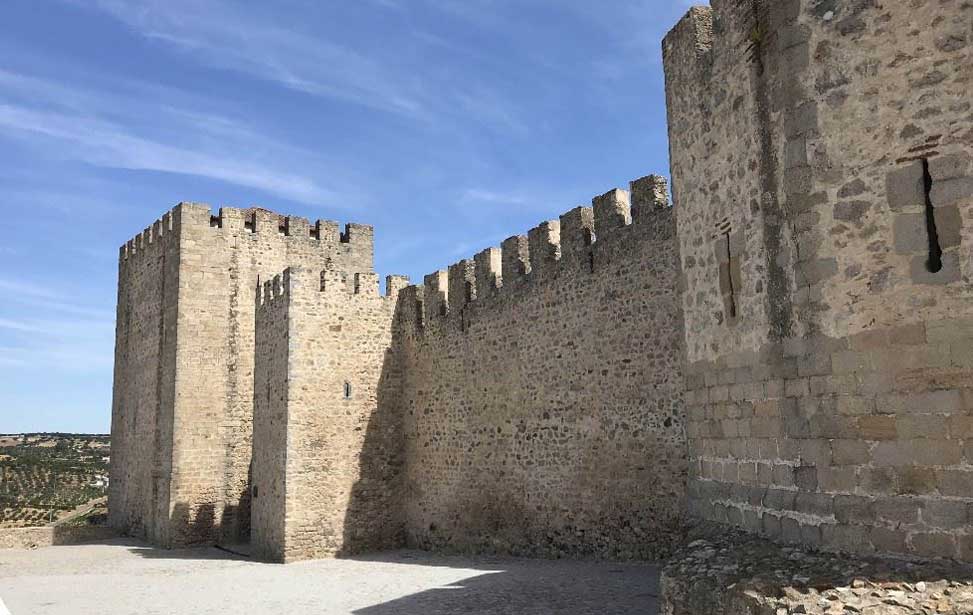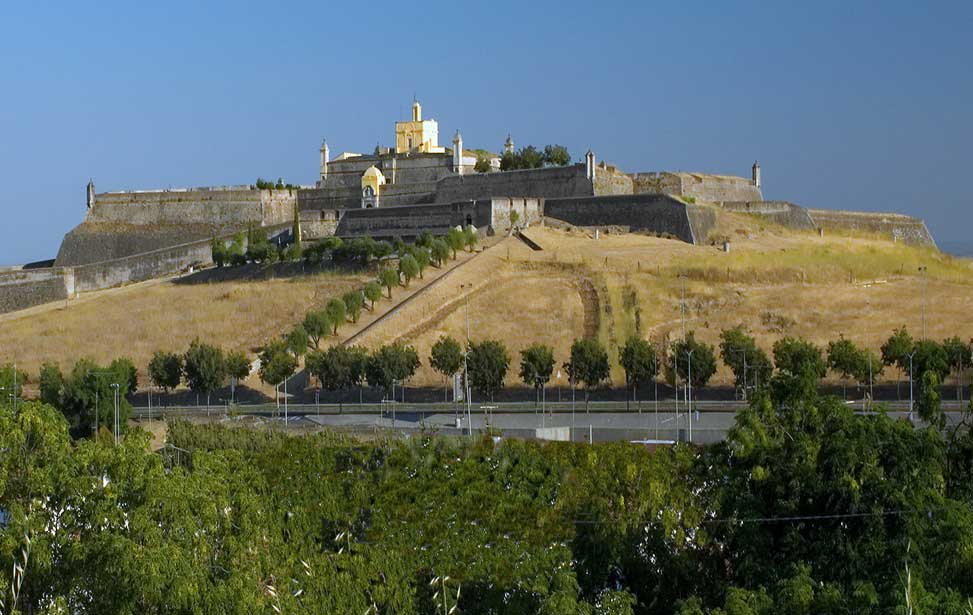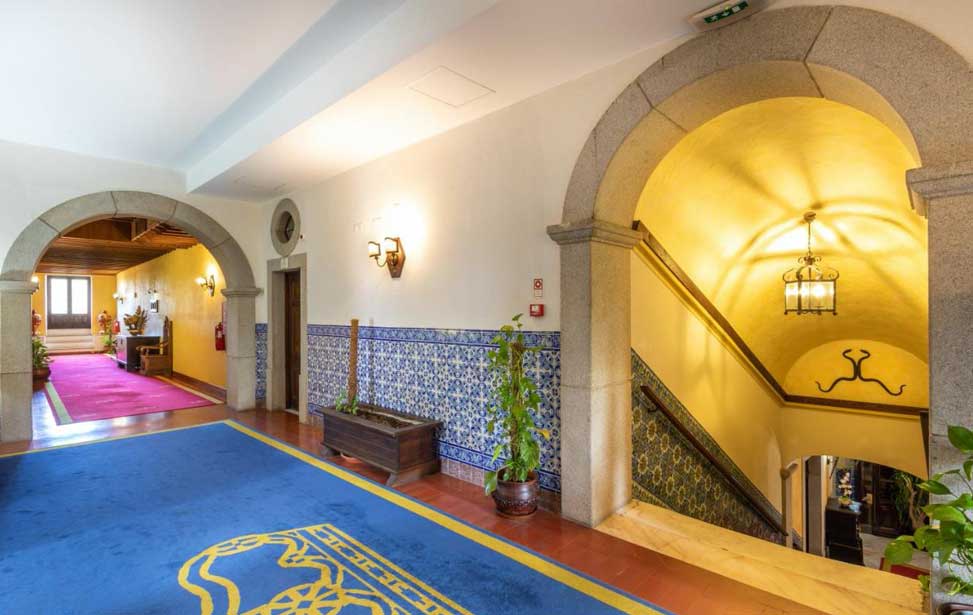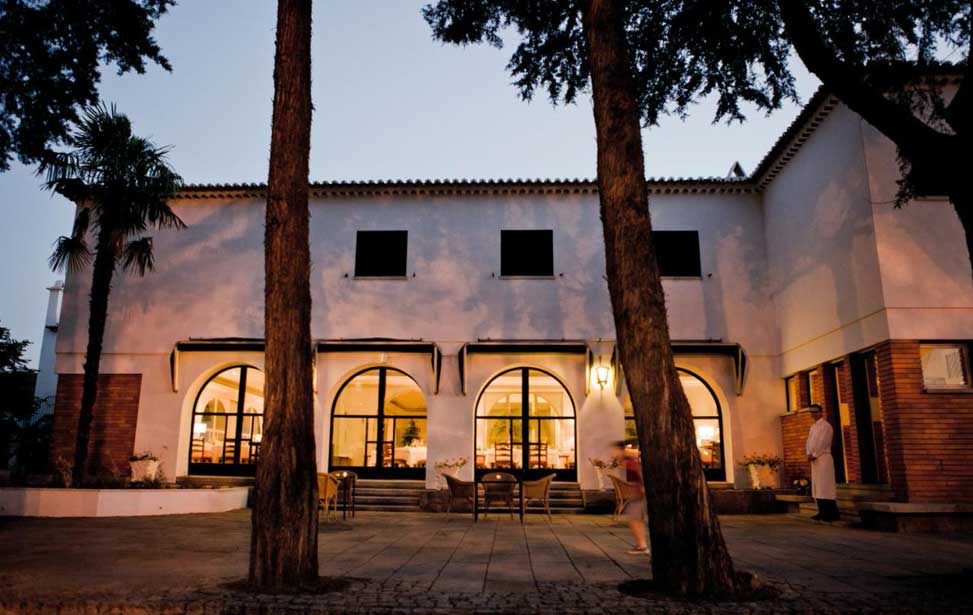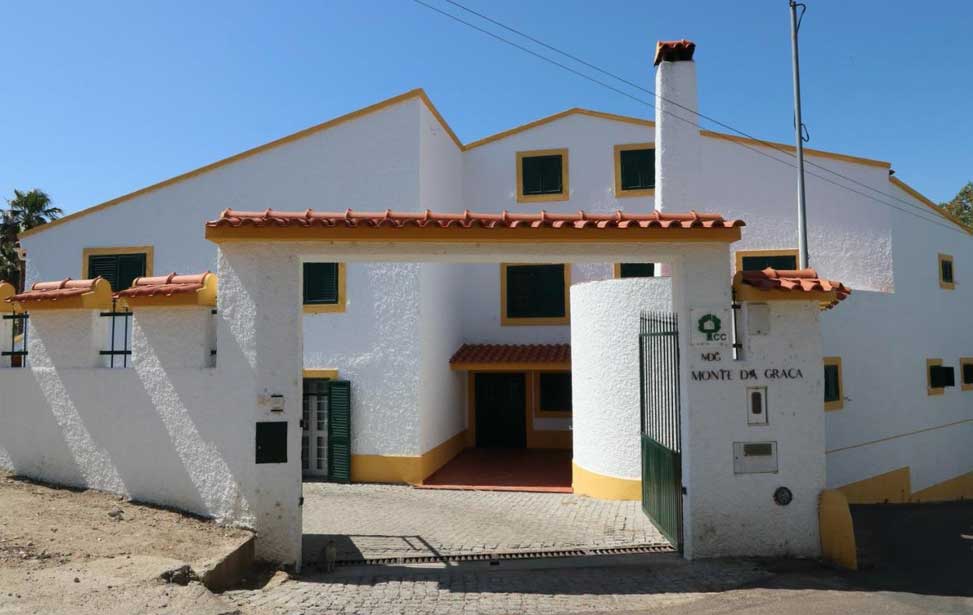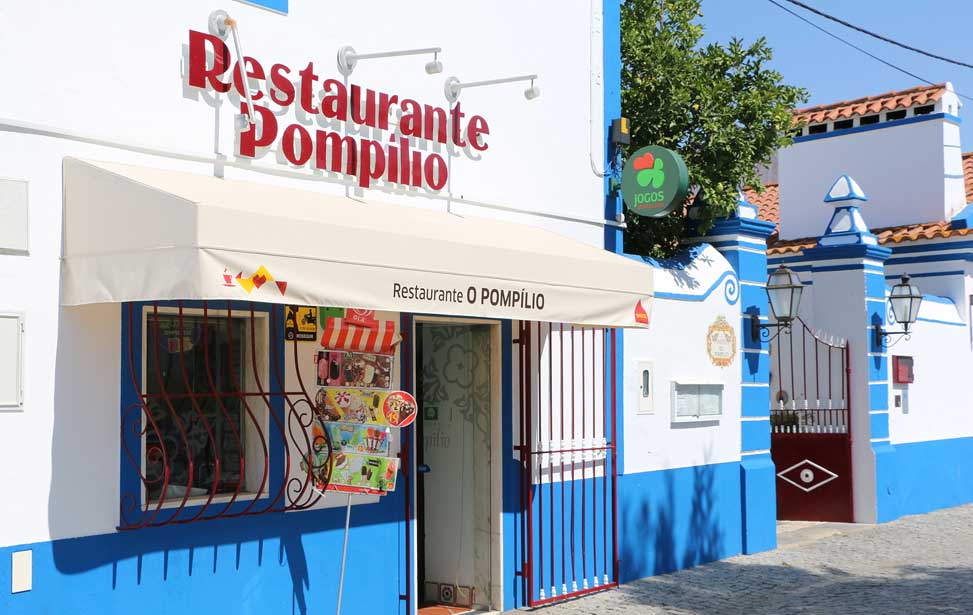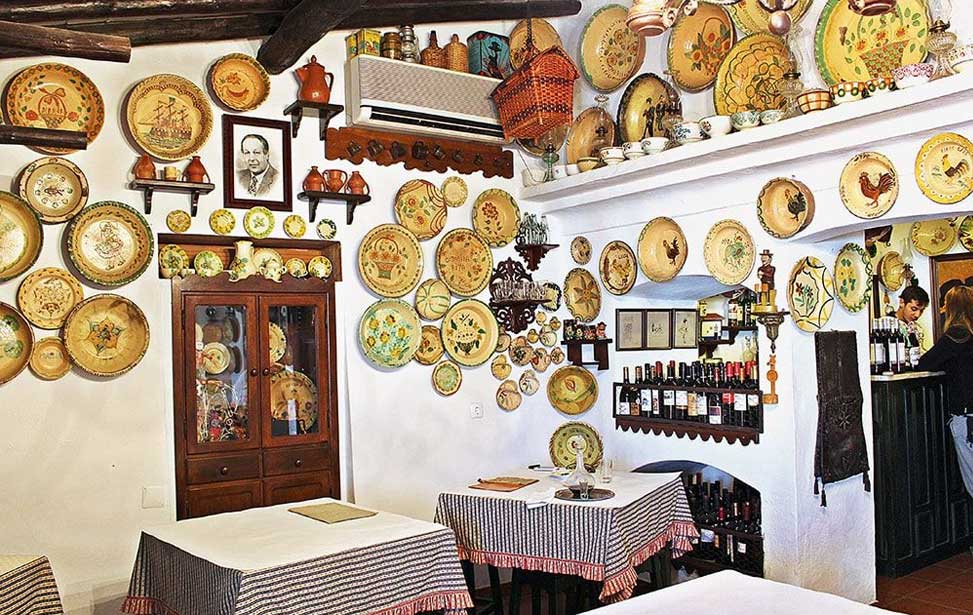ELVAS
Set amongst rich fruit orchards and olive groves, the old Garrison Border town of Elvas and its surrounding fortifications stand guard against Spain and the Spanish city of Badajoz. Elvas is one of the greatest and most heavily fortified frontier towns in Europe. The town's fortifications were designed by the Dutch military architect Padre João Piscásio Cosmander. They remain some of the best-preserved examples of the Dutch school of fortifications anywhere and have gained Elvas World Heritage status.





